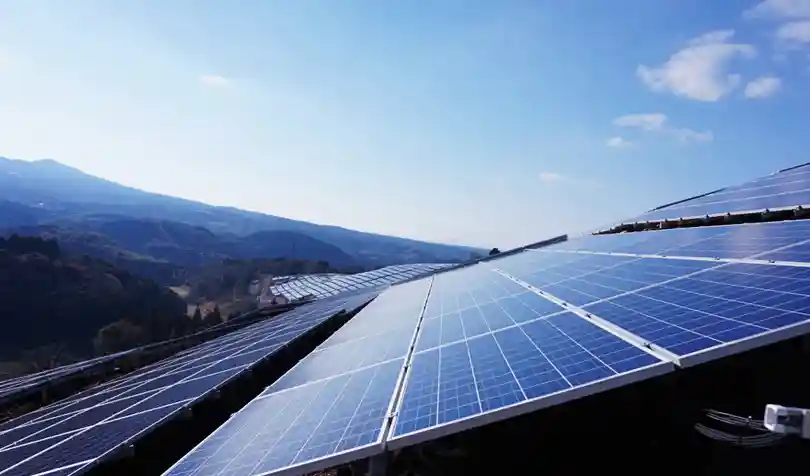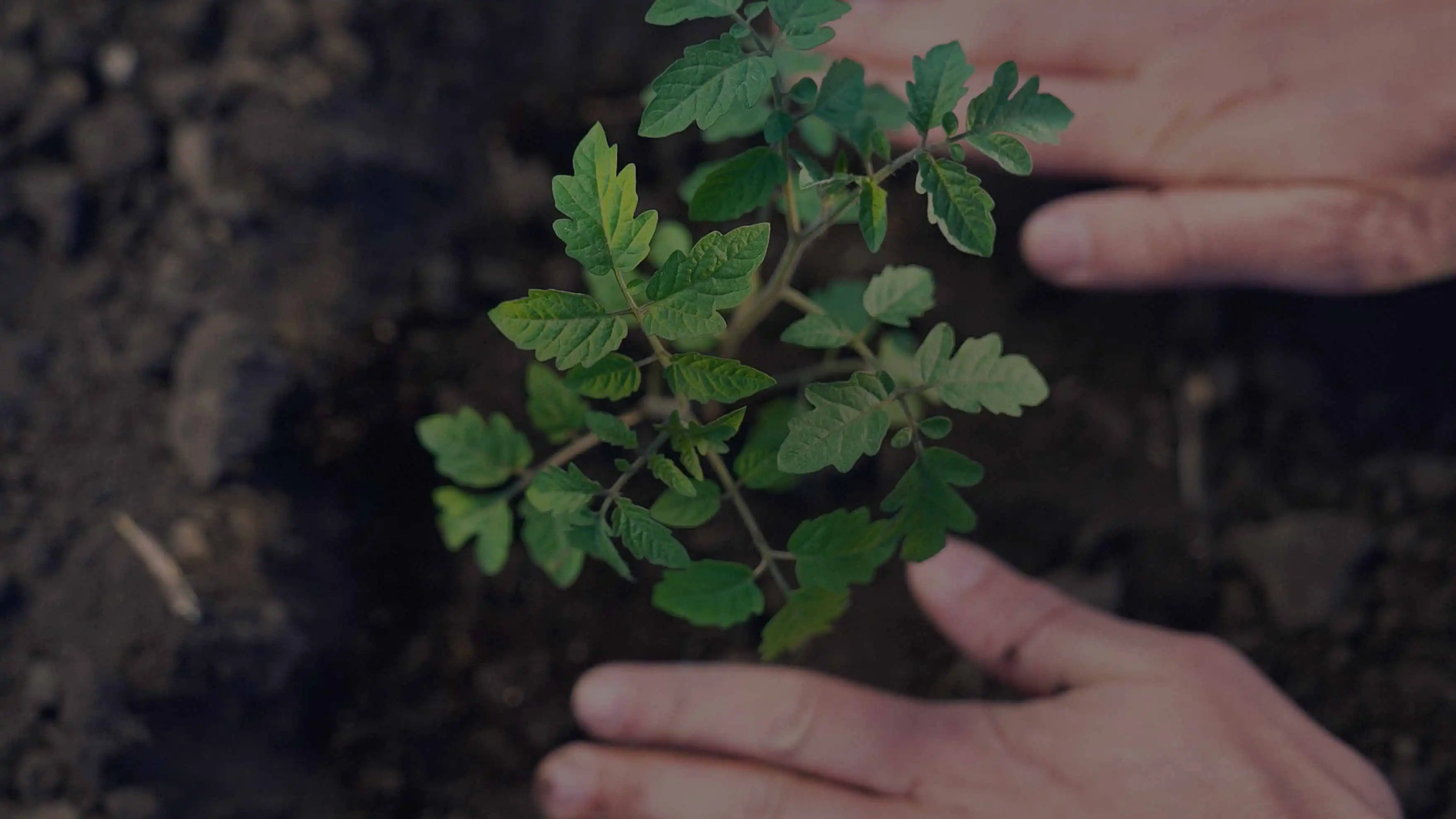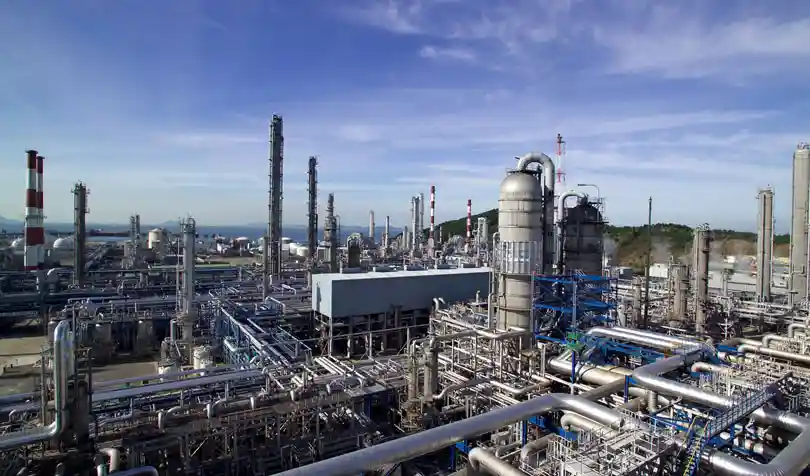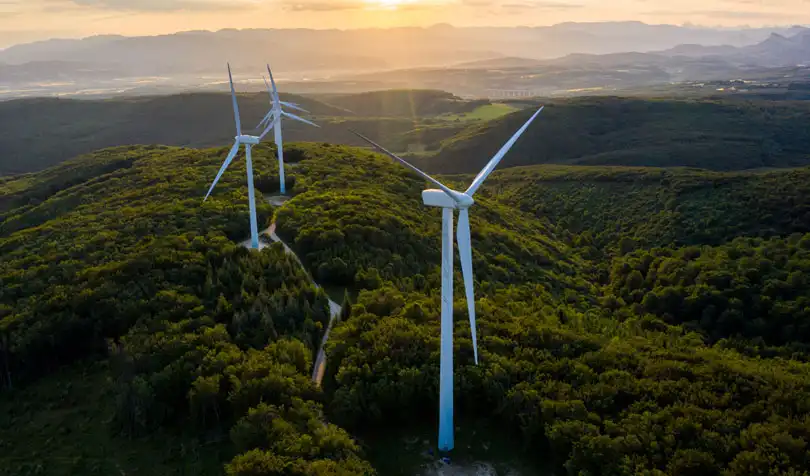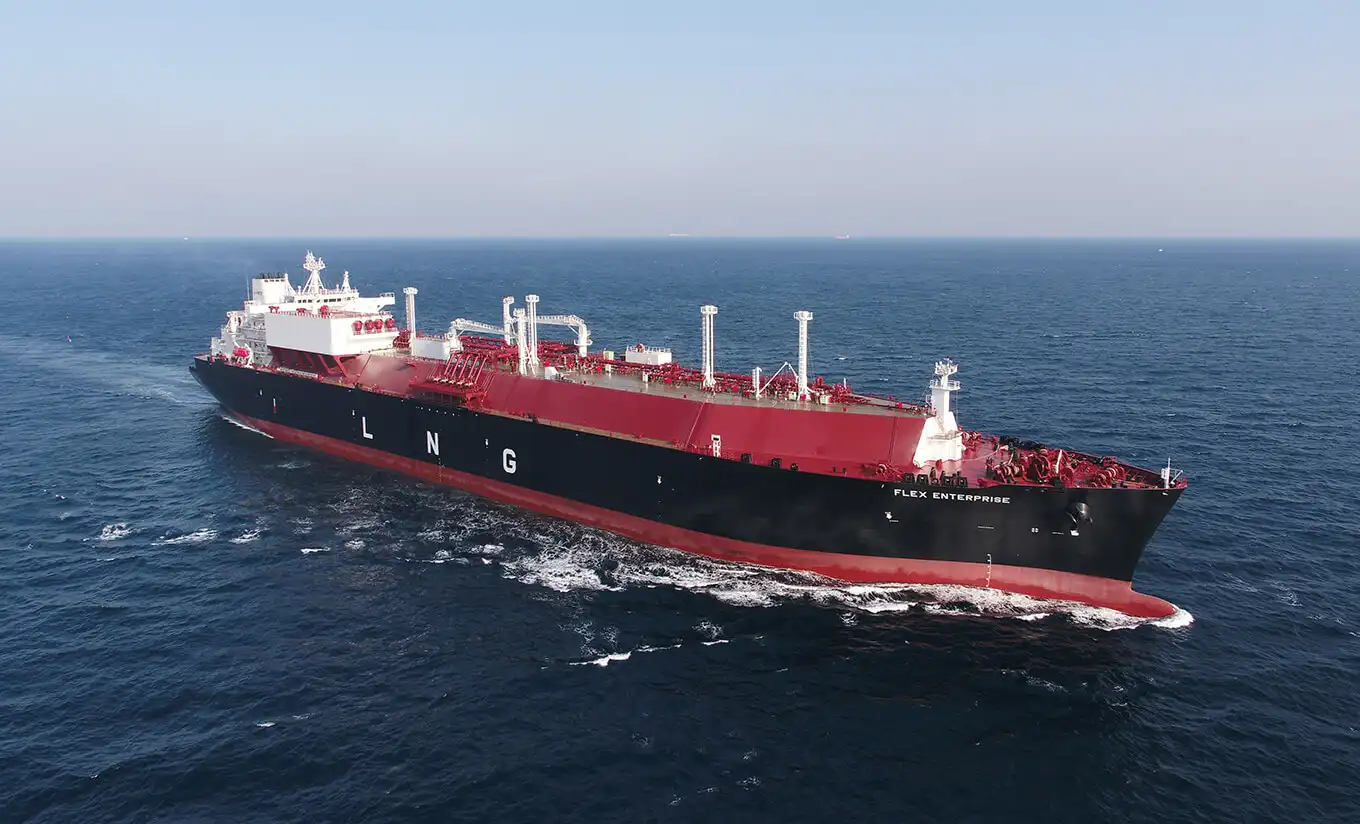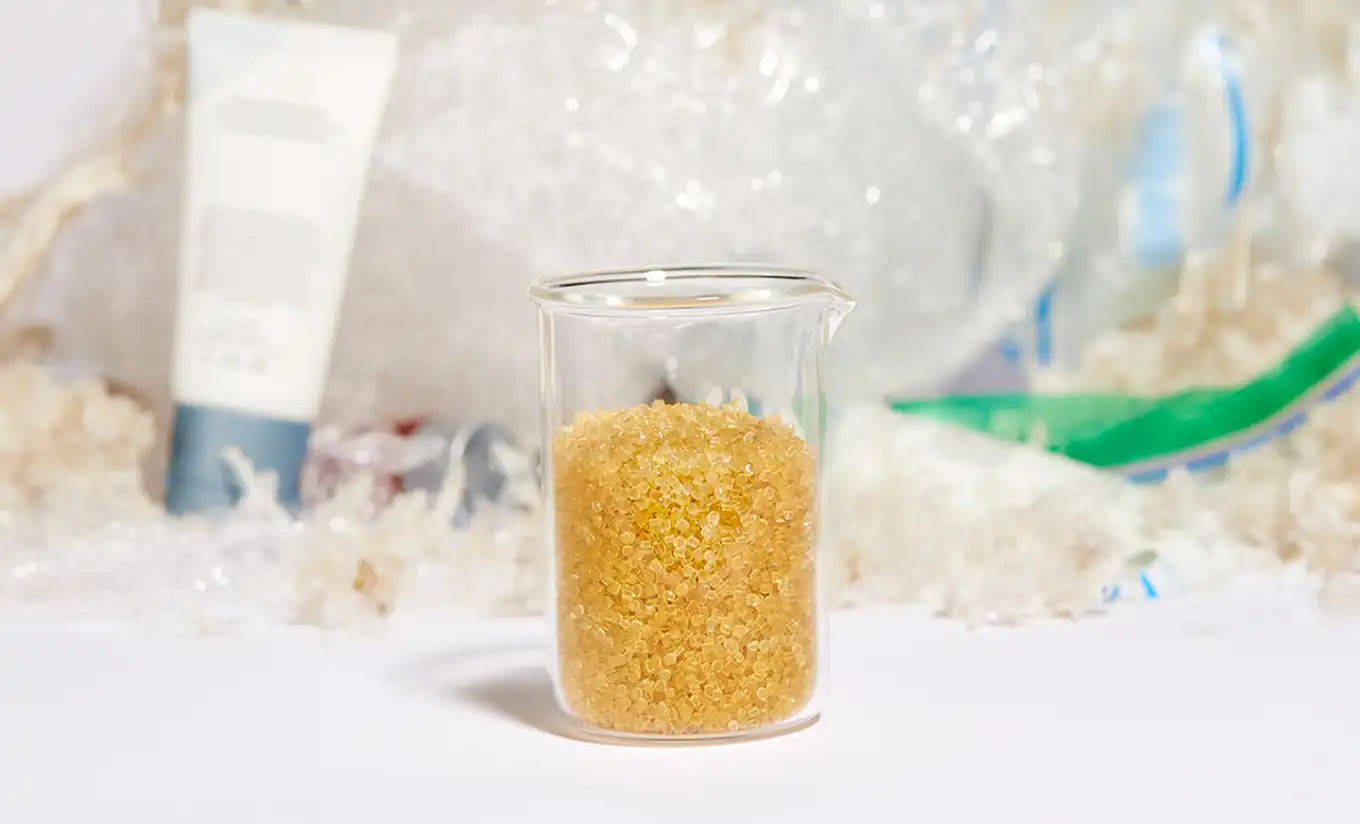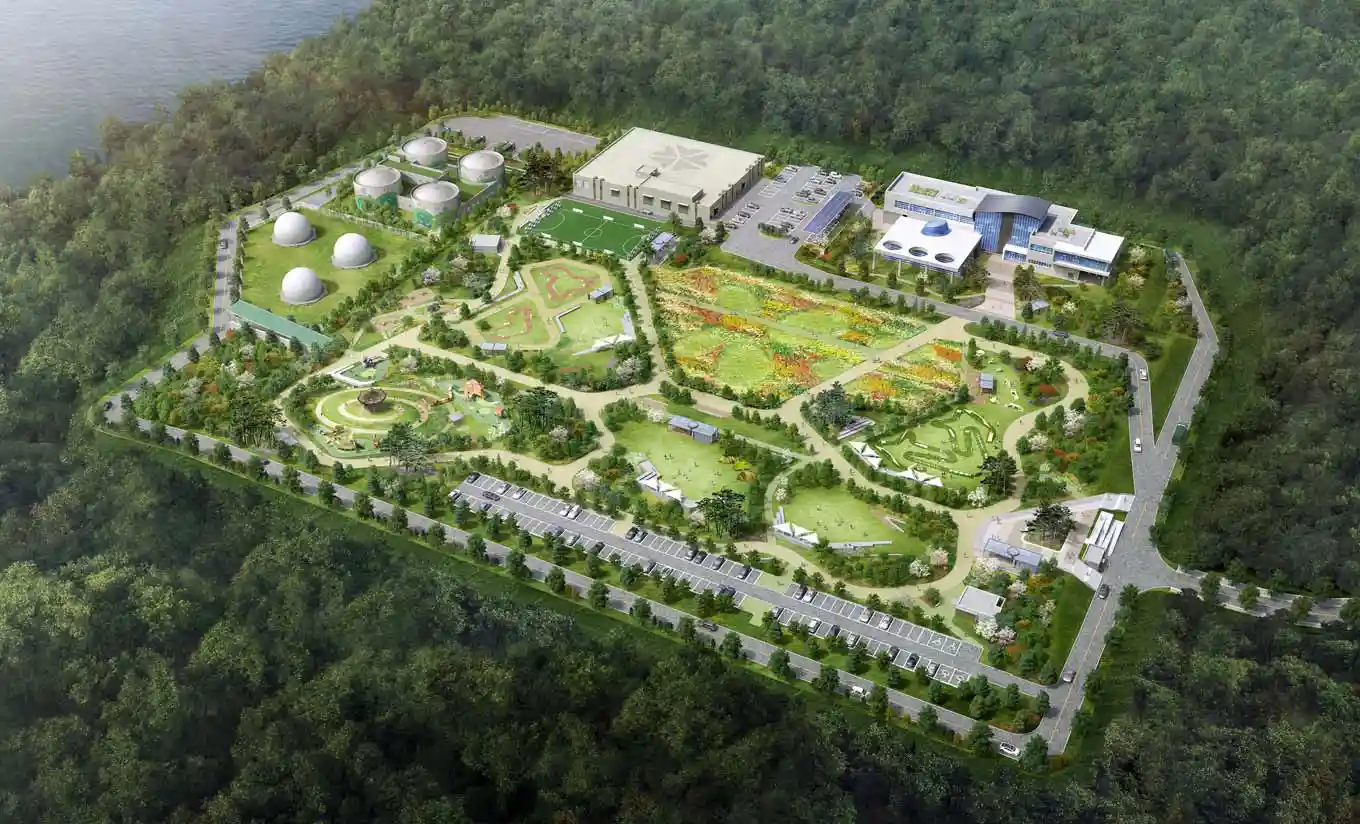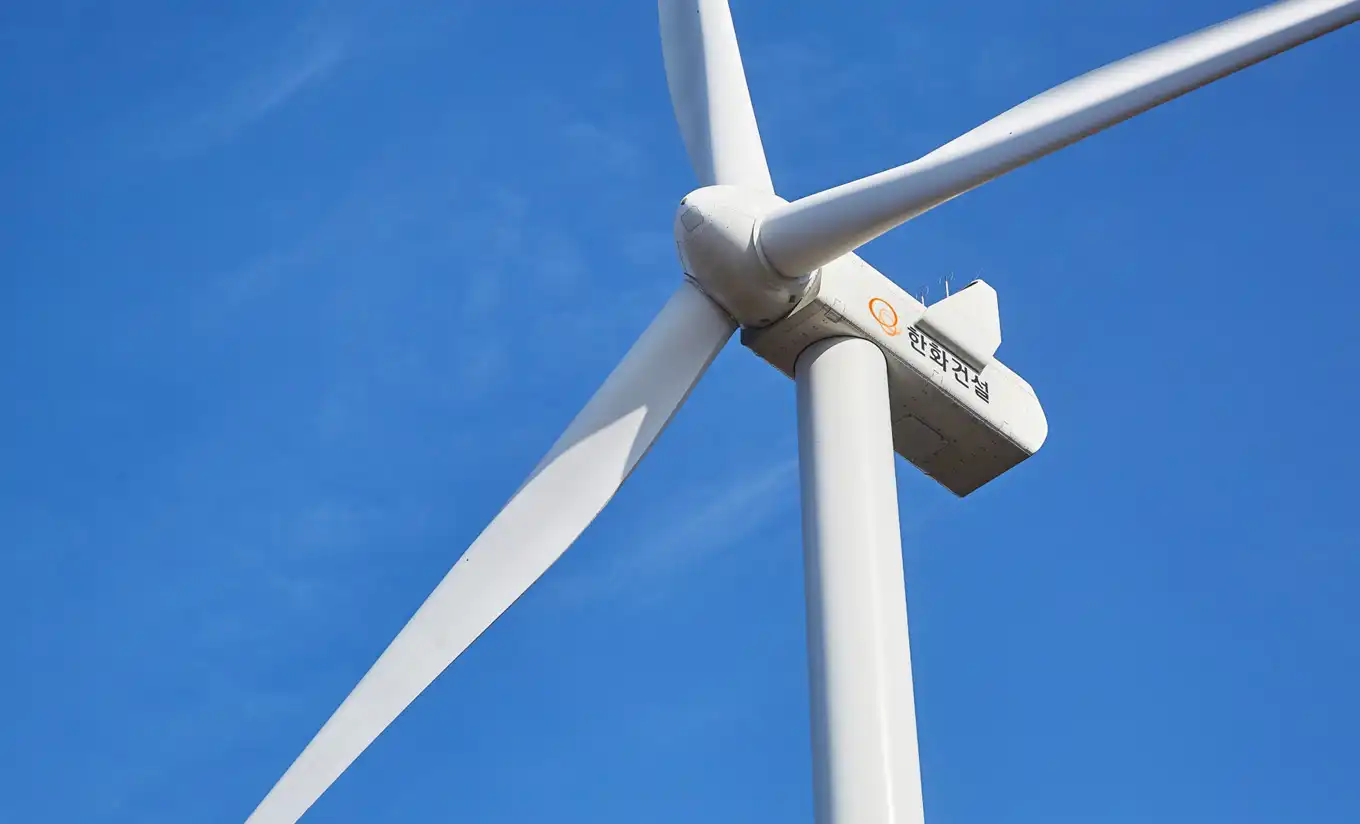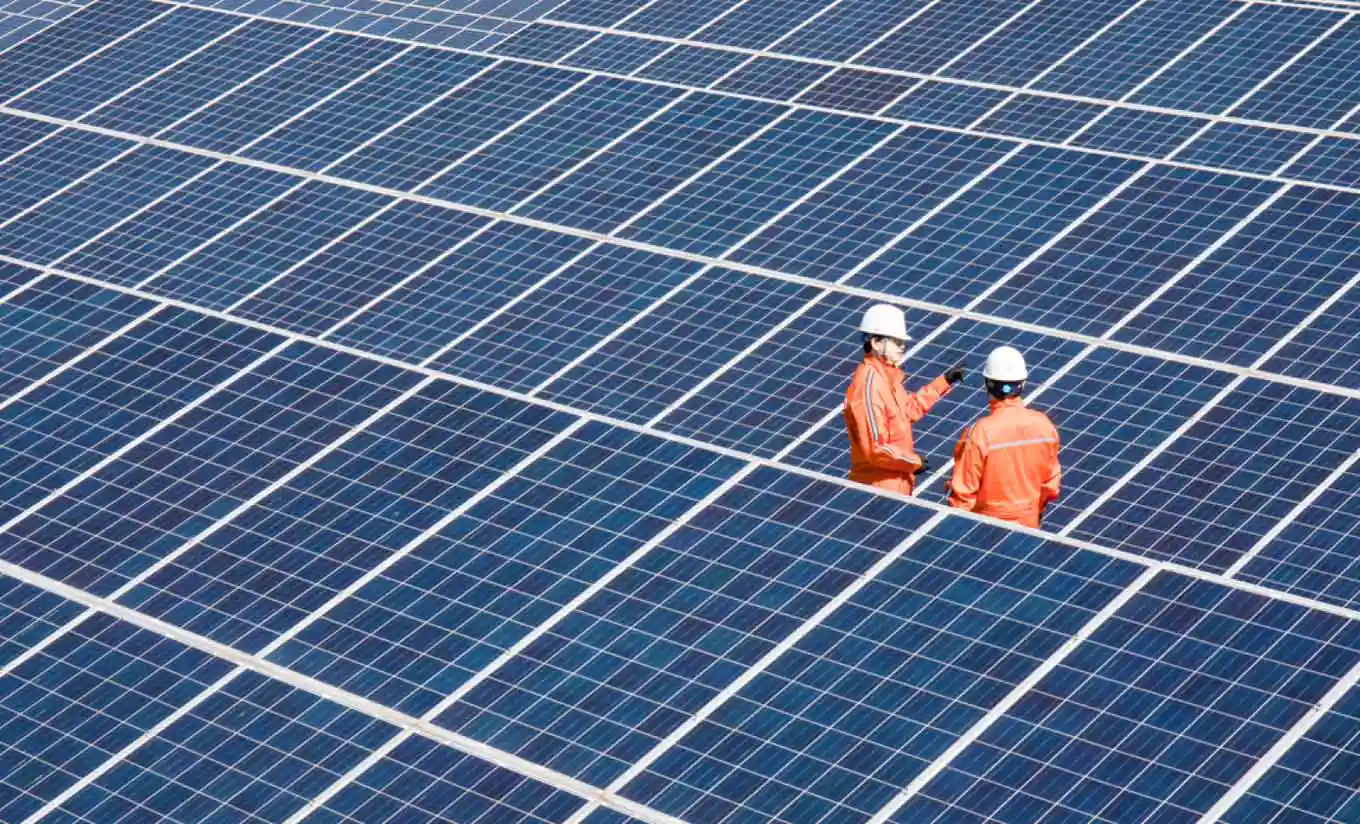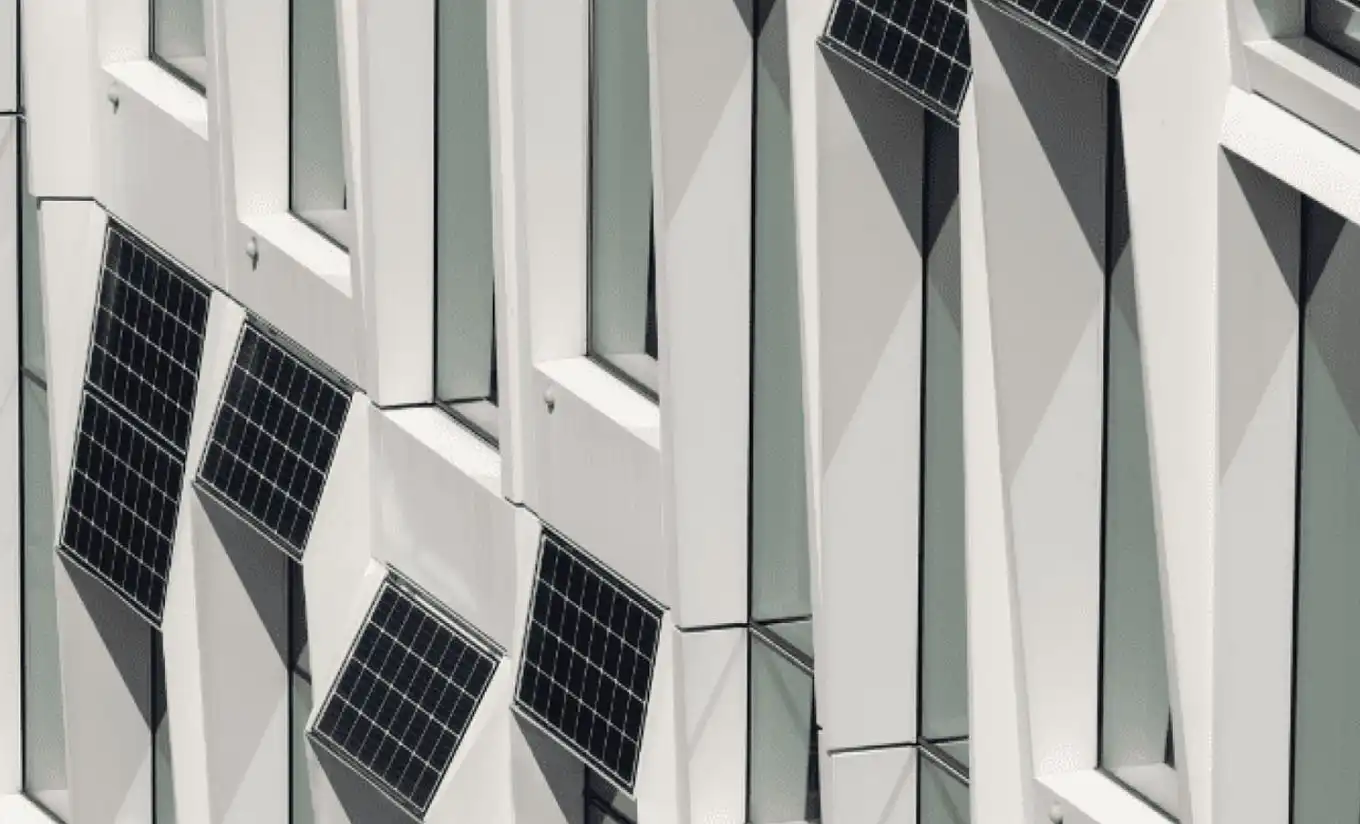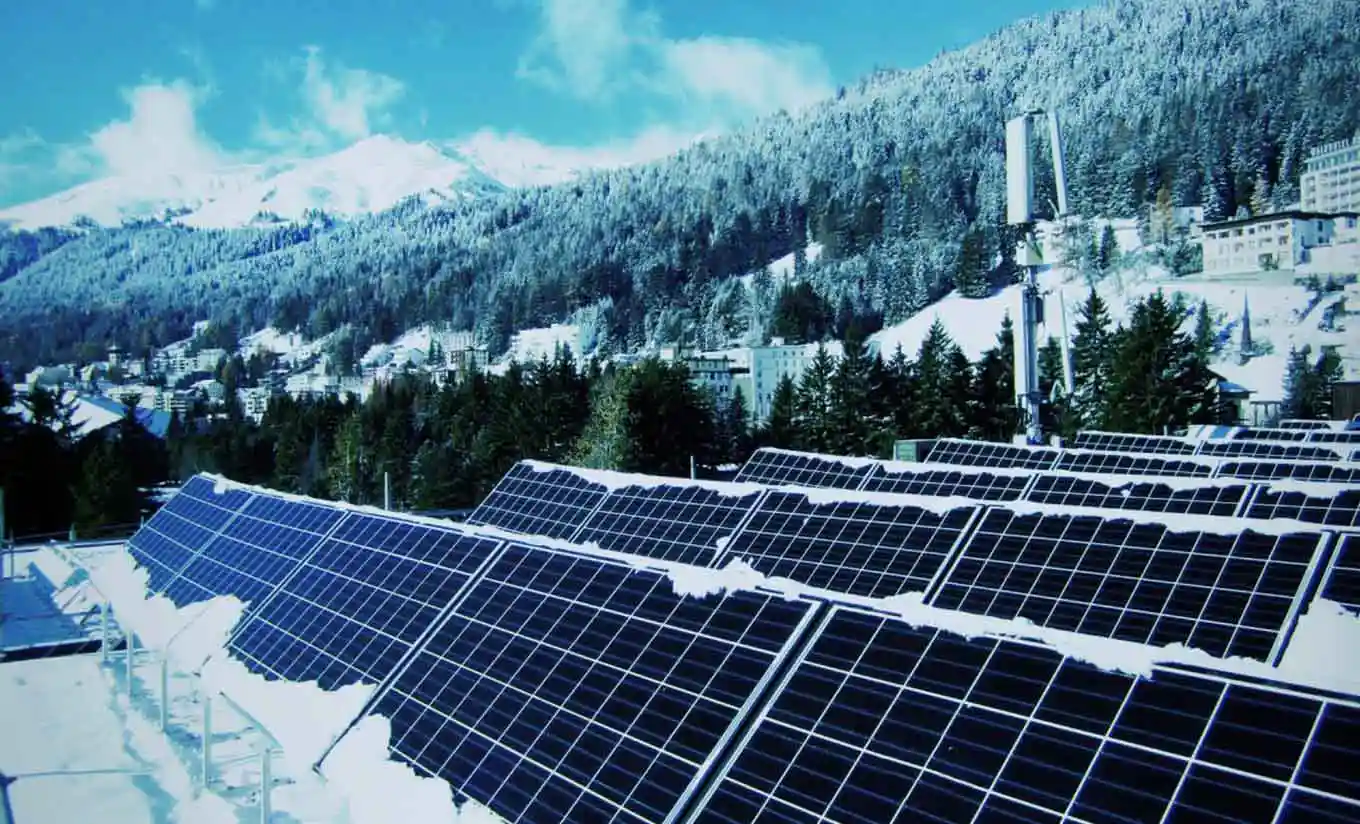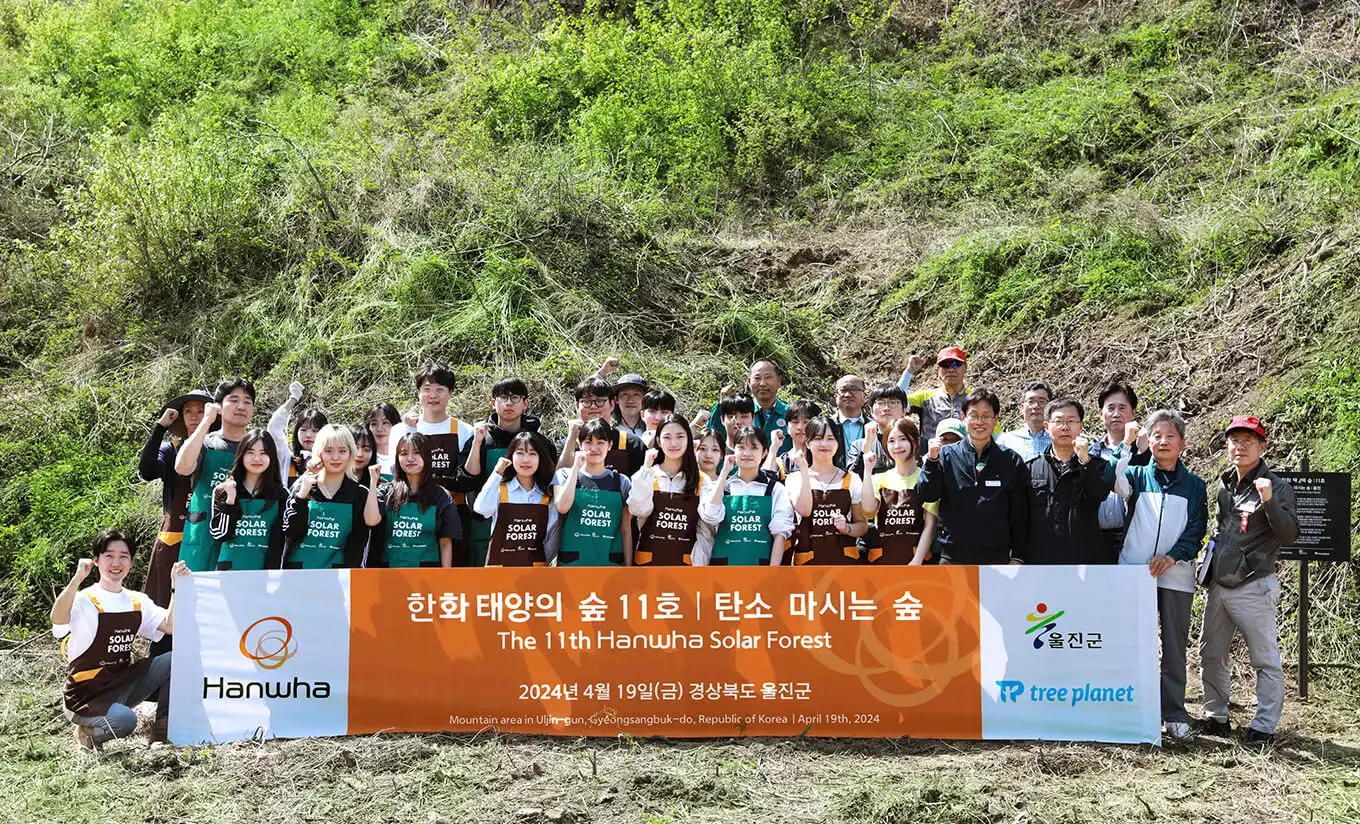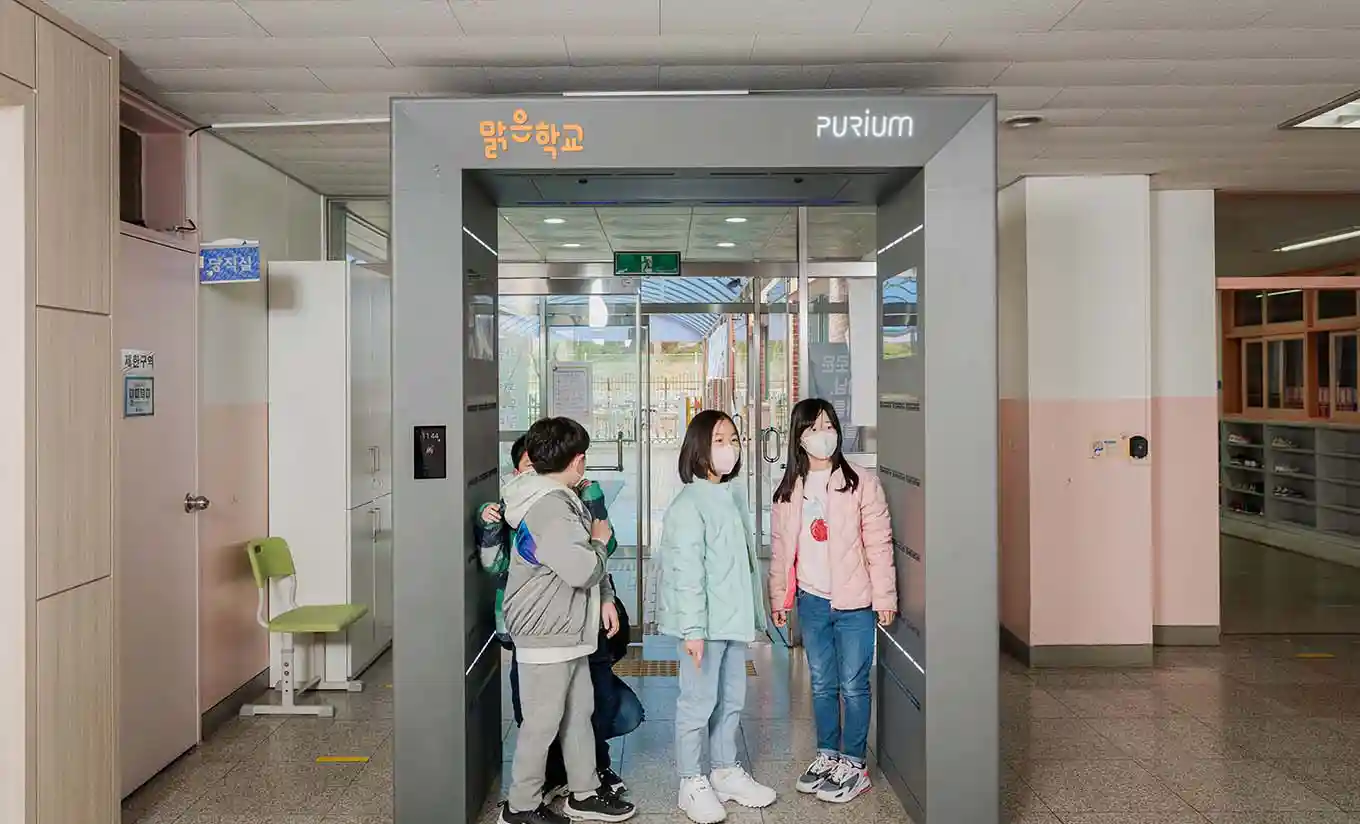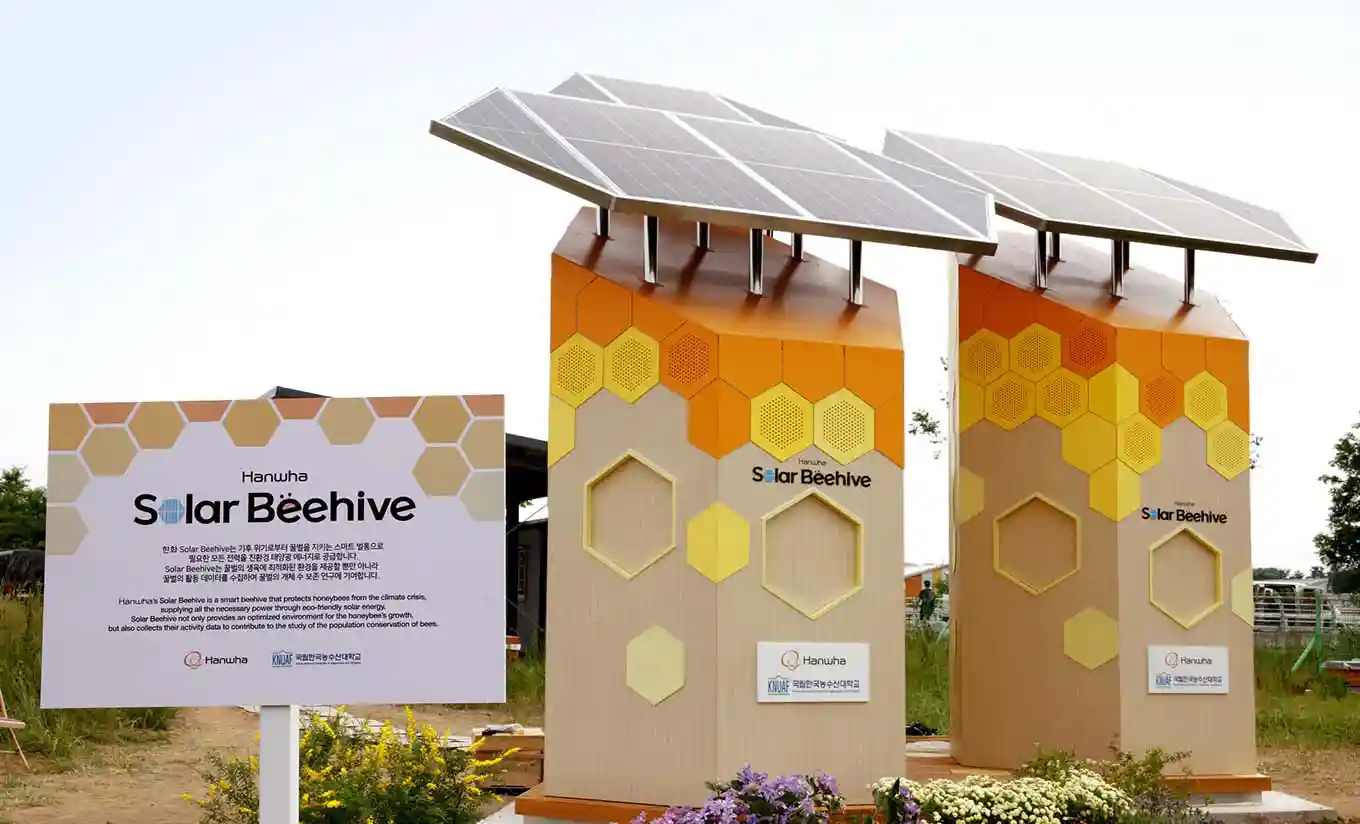01. Greener Davos
When the World Economic Forum (WEF) announced the “Towards a Greener Davos” initiative, we stepped forward to provide high-efficiency Q.PEAK 275-Wp solar modules to the Davos Congress Center in Davos, Switzerland. The 640 donated solar modules can produce up to 340kWp annually — enough to offset the Davos Congress Center’s carbon emissions by 20 tons per year. We’re proud that this contribution played a role in the WEF receiving ISO 20121:2012 certification for sustainable event management.
02. Hanwha Solar Forest
Since 2011, the Hanwha Solar Forest campaign has planted approximately 538,000 trees across 11 locations in South Korea, Mongolia, and China, creating forests that total 1.47 million square meters, the equivalent of 200 soccer fields. The defining feature of the Hanwha Solar Forest campaign that sets it apart from similar projects is its use of solar energy to power its own nurseries. Solar energy supports clean water supply, temperature, and humidity control, while providing the lighting needed to nurture saplings — all resulting in a more environmentally friendly, carbon-neutral forest. This natural climate solution reduces the impact of desertification, removes carbon dioxide from the atmosphere, and helps keep water and the air clean while preventing soil runoff. With the support of our Solar Forest app, the public is able to engage with the project, which helps encourage eco-friendly action and raises awareness for environmental issues. As a result of Hanwha’s efforts, Hanwha Solar Forest — the world’s first corporate campaign utilizing solar energy development to prevent desertification — was introduced as a best practice at the 2011 United Nations Convention to Combat Desertification (UNCCD). It was also cited as a model for how corporate partnerships can contribute to achieving the Sustainable Development Goals (SDGs) in a meeting at the UN’s High-Level Political Forum in 2018. We were the first Korean company to join the World Economic Forum’s (WEF) 1t.org initiative, an international movement of global companies, nonprofits, and climate activists that aims to conserve, restore, and grow one trillion trees by 2030 in support of the UN Decade on Ecosystem Restoration.
03. Making a Clean School campaign
From 2011 to 2020, the Hanwha Happy Sunshine project donated solar power generation systems to welfare centers across South Korea to cut utility costs and promote clean energy use. In 2022, the program was renewed as the Making a Clean School campaign, which supports the creation of clean and healthy environments in elementary schools in a variety of ways. This campaign was designed to create schools where students can enjoy clean and healthy environments, addressing the climate change and air pollution caused by fine dust and harmful substances through eco-friendly approaches. Schools selected for the campaign are supported in numerous ways: solar power generation facilities that produce eco-friendly electricity, green walls covered with vegetation that purify indoor air, air shower fans and purifier and window ventilators that reduce indoor fine dust, air quality monitoring devices and green education. Now in its third year in 2024, the campaign has supported 15 elementary schools across the country with relevant devices over the past three years to improve air quality. We selected four schools in and around the Seoul metropolitan area for the first round of the campaign, helping a total of 3,528 students in 140 classes enjoy the benefits of a healthier environment while they learn. We also provided education on environmental issues to foster awareness in the next generation of young people, including measures for dealing with fine dust and protecting the planet.
04. Solar Beehive campaign
In May 2022, Hanwha unveiled Korea’s first-ever Solar Beehive, a low-carbon beehive that used electricity generated from solar energy. The damaging effects of the climate crisis around the globe have significantly reduced populations of bees, the world’s most important pollinators. Through this project, we aimed to increase bee populations and promote biodiversity by offering bees a stable environment for growth. Solar panels installed on top of the Solar Beehive generated the electricity that was needed to automatically monitor and control the temperature, humidity, water, and food inside the structure. The beehive also contained a smart system that monitored and controlled this data in real time through an app. We installed the Solar Beehive at the Korea National University of Agriculture and Fisheries (KNUAF) as part of a pilot program. The 40,000 or so bees in the Solar Beehive helped pollinate fruit trees on campus and vegetation in nearby wooded areas. The program also collected data on bee population growth and activities, which was previously made public via a website for anyone researching bees and their behavior.
05. Clean Up Mekong campaign
Hanwha launched the Clean Up Mekong campaign to address water pollution, which is a significant and ongoing global environmental issue. We donated two solar-powered boats to remove waste from the Mekong River — which runs through China, Myanmar, Laos, Thailand, Cambodia, and Vietnam — before the river water empties into the Pacific Ocean. The boats can collect 400-500 kilograms of waste daily without discharging any carbon emissions.
